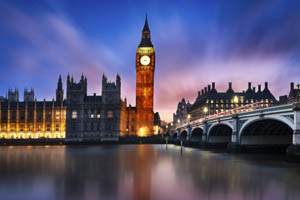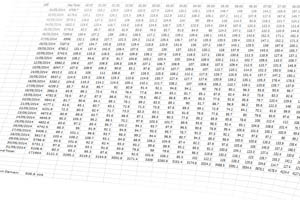The Carbon Trust believes that the public sector could immediately cut its energy bill by £1 billion by imple
DCP 161 will be in force from the 1st April 2018 and it could cost you money.
Many electricity users could soon end up with higher bills due to a previously discounted element. Under the new DCP 161 change, the Excess Capacity Charge will jump dramatically in 2018 as Ofgem moves to make it more cost reflective. As a result, electricity distribution companies will be changing how they penalise consumers who use more energy than agreed. Customers should act now rather than sit back and wait for the sharp increase in charges.
Currently, there is no penalty if your supply exceeds its available capacity beyond the charge the supplier adds for the excess kVA in the month of the breach. This is normally charged at the standard available capacity rate. The amounts are often minimal giving no incentive for users to review and increase capacity where required.
DCP 161 means that from 2018, users will be charged an excess penalty rate which could be over three times higher than the standard rate. The applicable rates have not yet been published and will vary by region and voltage. It is expected that is areas where demand for capacity is high the costs will reflect this.
The penalty charge may increase Capacity cost, on average, by an estimated 81%. The actual scale of change will vary significantly from region to region, with the last industry estimates indicating an increase of between 49% and 177% for low voltage sites and between 13% and 165% for high voltage consumers.
For supplies that have been or will be converted to half hourly as a result of P272 (profile class 05-08 NHH supplies), these will be settled on the HH market by the time DCP 161 comes into effect. It is vital that the available capacity and maximum demand levels are understood in case these supplies are exceeding the available capacity levels.
Any sites that is incurring excess capacity charges need to agree a revised import capacity or take energy saving measures to reduce demand at peak times to avoid these charges.
So what can you do?
We would suggest either:-
A. Understand what your supplies agreed capacity is:
• Check your energy bills to make sure you are not already getting excess charges.
• If you identify a difference between your agreed capacity figure and your actual usage, it would be prudent to negotiate capacity charges. You don’t need to have to be in the process of renewing your electricity contract to change the supplies available capacity.
• If you are being charged and you cannot reduce your demand you will need to apply to the DNO for an increase (or even decrease if that is the case – it could save you money)
• Consider reducing peak demand usage to avoid triggering the excess – this may be about simply moving usage around. Half Hourly data will help identify these trends.
• If you are impacted by P272 regulations you will need to check with the existing supplier what the available capacity is being set at. This might not be evident until after the meter has been upgraded to HH and the first bill is available. You will then need to check future bills to see if this triggers excess charges.
Or:-
B. Contact us on 0121 510 2205 or email info@utilityassist.co.uk and we can help sort any potential issues out on your behalf.
Direct link to OFGEM DCP161 document HERE



